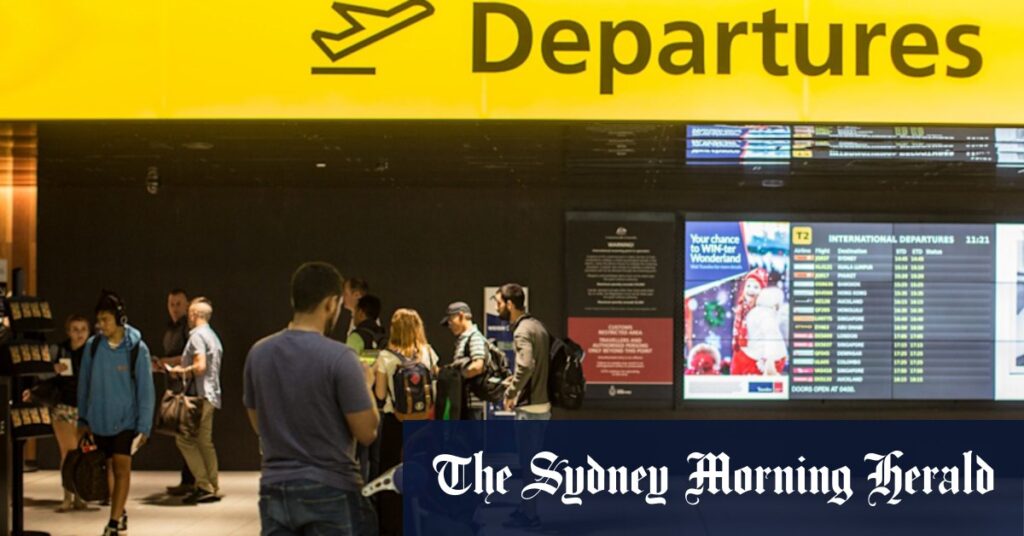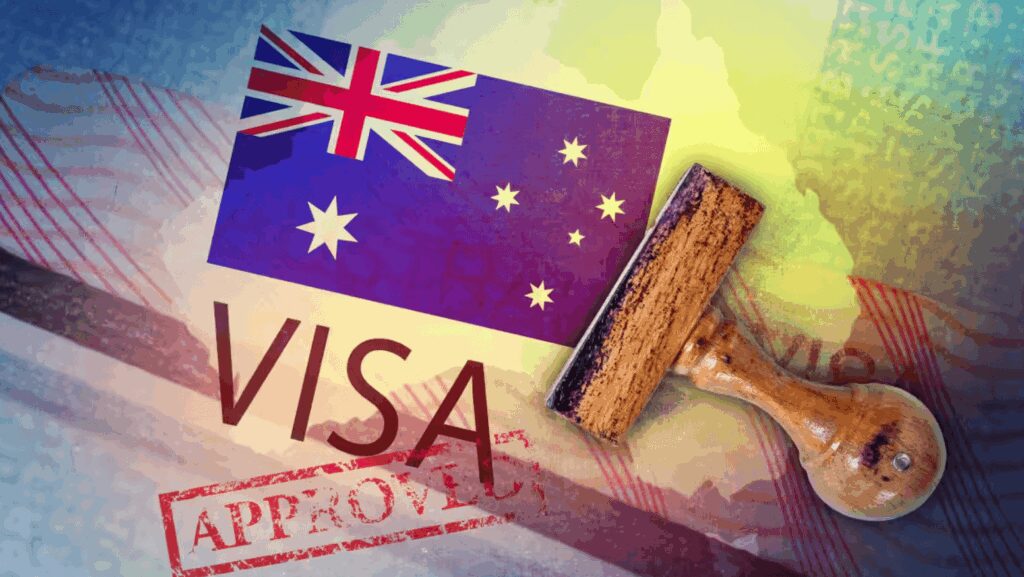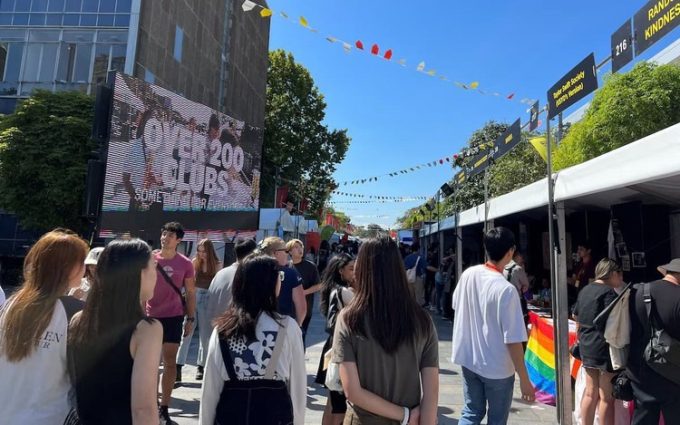Australia’s Population Growth Slows as Migration Declines Post-Pandemic: ABS

Picture this: you’re standing on a sun-kissed beach in Queensland, the waves gently lapping at your feet, the landscape dotted with turquoise waters and dreams of a fresh start. If you’ve ever considered making Australia your home, you might be wondering what’s really happening in the land down under.
A Pause in Population Growth
In recent times, Australia’s population growth has hit a bit of a speed bump. Like a surfer dodging the occasional wave, those who once anticipated a flood of new arrivals are now watching more people pack their bags and head out—particularly following the COVID-19 pandemic.
Student and Temporary Visas: A Changing Tide
International student numbers have also been on a rollercoaster. While Australia saw a surge in students initially returning, the momentum is now easing. Still, many have opted for temporary visas such as the Temporary Graduate Visa or Skilled Worker Visa, and they’re not going anywhere just yet.
Consider this: in March 2023, there were approximately 286,000 people on bridging visas. By the same time in 2024, that number had climbed to 380,000. Similarly, temporary graduates increased from 200,000 to 222,000. It’s a bit like hosting a party where no one wants to leave, and that puts pressure on the host—in this case, the Australian government.
Future Migration: A Gradual Decline
Forecasts suggest that net overseas migration (the number of arrivals minus departures) will slow over the coming years. Numbers are expected to drop from a peak of 536,000 newcomers in 2022–23 to about 335,000 by 2024–25.
But thanks to Australia’s strong job market, it seems many international arrivals are in no rush to leave the land of sunshine and opportunity.
State-by-State Population Growth in Australia
Despite this slowdown in national growth, several states are seeing strong population increases.
-
Western Australia leads the way, recording a 2.4% rise.
-
Queensland and Victoria follow closely, both at 1.9%.
However, not all regions are basking in this growth. New South Wales and Victoria are experiencing internal migration losses, with nearly 31,000 people moving out of NSW alone.
What’s Driving the Internal Migration?
The main driver? Housing affordability. States like Queensland and Western Australia offer more space, better property prices, and a relaxed lifestyle. For many, the promise of a bigger backyard and a more manageable cost of living is too good to ignore.
Birth Rates Down, Population Ageing
While migration patterns are shifting, Australia’s birth rate is also declining. Young families are facing barriers such as high property prices, making it harder to start or grow their families. At the same time, an ageing population and increased death rates, reflecting post-COVID realities, are shaping the country’s demographic future.
Thinking of Moving to Australia?
If you’re considering migrating to Australia, it’s important to understand this ever-evolving landscape. From vibrant cities to peaceful coastlines, the opportunities remain as bright as ever, even as the numbers shift behind the scenes.
Share Your Thoughts
Are these migration trends what you expected? Which part of Australia are you most drawn to? Let us know in the comments—we’d love to hear from you!
Thinking about moving to Australia? Have questions or need help?
Join our free and supportive community here at Oz Visa Forum.
Post in our forums to get advice and support from people who’ve already made the move Down Under.
Not sure where to start? Click here to get started






Responses